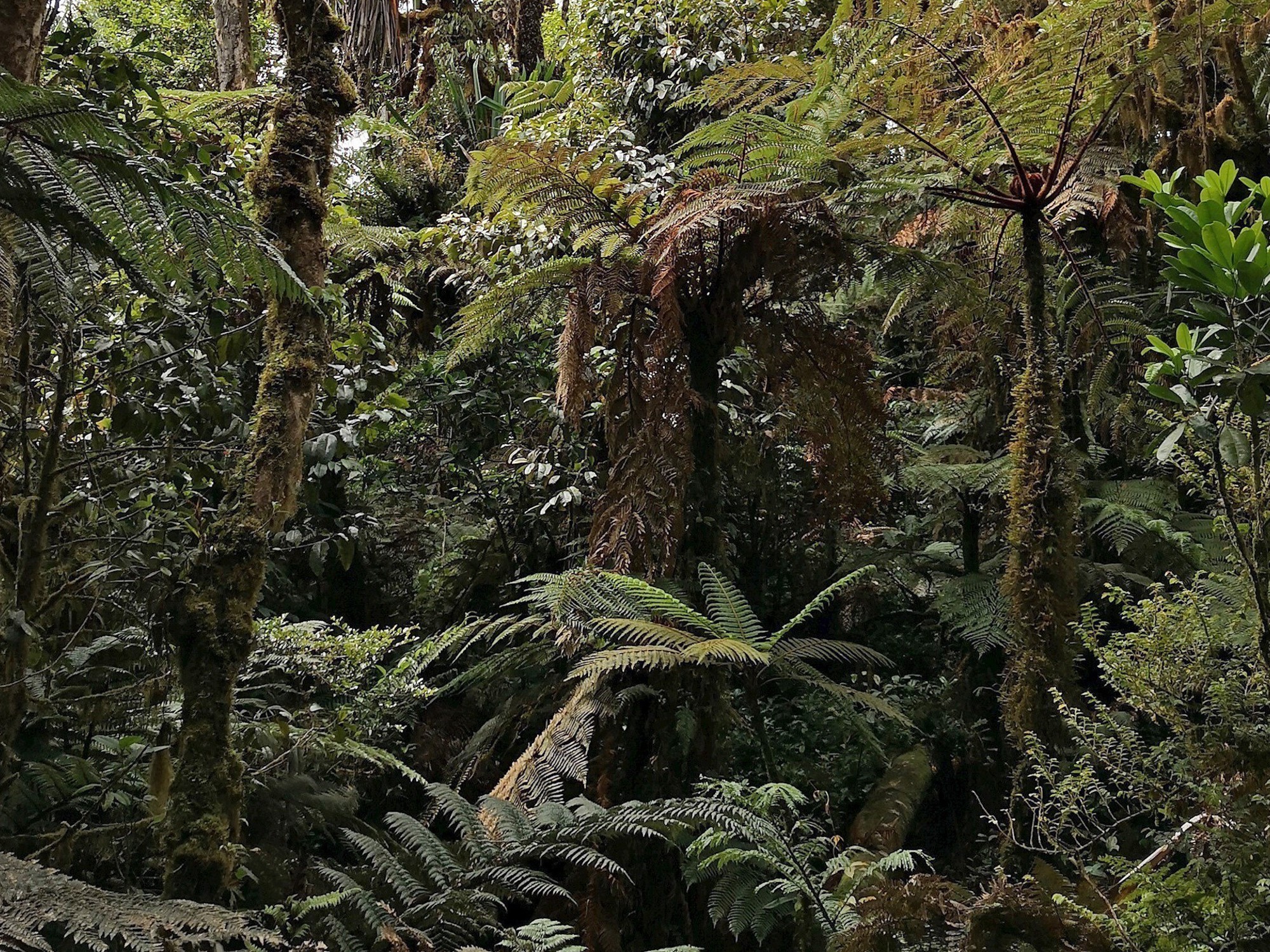The Age of Chocolate
It is one of the most popular flavours in the world and by 2016 chocolate will be a $100 billion dollar industry. Yet, as worldwide demand increases by 2.5 per cent a year, there are genuine fears the industry will fail to cope with growing public hunger for the product. Now, however, new research suggests the source of this cherished confection is much older than ever realised – and may have close relations capable of sustaining our sweet-toothed appetites.
The study conducted by researchers at Royal Botanic Garden Edinburgh (RBGE), the University of Rosario and the University of the Andes, in Colombia, the University of Miami and the United States Department of Agriculture (USDA) has demonstrated that Theobroma cacao, the species that is the source of chocolate, has been around for 10 million years and evolved as the Andes were being formed.
As with many crops, the extent of genetic material utilised from native populations is limited. Therefore, information on genetic diversity and related species would be invaluable for improving the quality and quantities of material that could be produced to meet the increasing demand.
Contact: James Richardson

